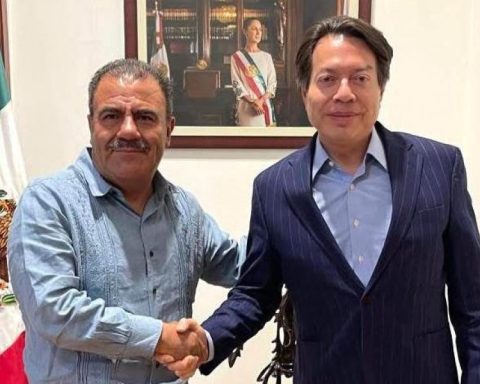In Mexico, the radio spectrum is expensive and can cost two or even three times what it is worth in countries in the region with a similar level of telecommunications development, which limits the advancement of mobile services and the deployment of 5G services, warned The Competitive Intelligence Unit (The CIU).
The value of the spectrum stands as a barrier for access to telecommunications services and for competition”, commented Radamés Camargo, analysis manager of The CIU.
The prices of the spectrum blocks in the auctions carried out last year in Mexico of 0.39 dollars per MHz per inhabitant in the blocks assigned in the 700 and 800 MHz bands. This figure was 77% higher than the 0.22 dollars of Chile or 160 % higher than the 0.15 dollars observed in Brazil.
In the case of the blocks located in the 1 and 3 GHz bands, the price in Mexico was 0.13 dollars per MHz per inhabitant, a price 30% higher than that registered in Brazil and 204% higher than that paid in Chile.
“(This) places us within the countries of the region as the most expensive market in terms of spectrum and this is worrying due to the barriers that are erected around the development of telecom networks and the inclusion of services,” said Radamés Camargo yesterday, during the presentation of the report of the Telecommunications Sector in Mexico corresponding to the second quarter of 2022, prepared by The CIU.
Annual payments, anomaly
For The CIU, a first anomaly that makes spectrum more expensive in Mexico is how it is charged. In the country, an initial value is paid for the input –typically in a public auction– what is called a “glove” and annual amounts are paid –rights– that are proposed by the treasury authority and ratified by Congress in the Federal Law of Rights.
“International practice dictates that the total amount for the spectrum be determined within the public contest,” Radamés Camargo pointed out. In the Mexican case, the glove represents barely 11% of the total cost of the spectrum, so most of its cost is determined in the annual rights payments.
In Europe, for example, the most extreme case in terms of the weight of the fixed annual costs in the payment of the spectrum is Spain, where they have a weight of 51%, but in other places such as Germany, Italy or Greece, the total cost of the spectrum is equivalent to what is paid for it in its tender.
According to calculations by The CIU, the total cost of the spectrum in Mexico (considering the glove and the annual fixed costs of 20 years brought to present value) is 213,623 million pesos.
It also highlights that in 2020 this surcharge was 77%, but it increased as of 2021 as a result of the increase in rights embodied in the Federal Law of Rights of 2021.
Even more worrying, Radamés Camargo commented, it turns out that the highest price premiums are observed in the AWS/PCS (+56%) and 2.5 GHz (+68%) bands, which are optimal for the deployment of 5G services.
“Mexico must stop conceiving and treating the spectrum as if it were a luxury good (in tax terms), if what is wanted is to connect the entire population,” said Radamés Camargo.
Delay in bidding
Another way to put the cost of spectrum in Mexico into perspective is to measure its cost relative to mobile operators’ revenues. And here the country is still in the lead, as it represents 22%, followed at some distance by Ecuador (16%), the Netherlands (13%) or Ireland (10%), with the average being 6.7 percent.
On another edge, it also stands out that Telcel – which concentrates 60% of mobile lines and 70% of income – concentrates the bulk of the country’s spectrum, with 46.9% of ownership, followed by AT&T (38.4%) and Altán Redes ( 14.6%), which places it in better conditions to operate in the market.
These disparities between companies are also evident when measuring the cost of the spectrum for each company in comparison with its income, since while for América Móvil the annual cost of its spectrum represents barely 4% of its income, in the case of AT&T that figure rises to 13 percent.
In addition to the above, The CIU warned of Mexico’s delay in spectrum auctions for 5G, a line in which the country “has a two-year lag.”
According to the Federal Institute of Telecommunications, in this half of the year the pre-bases will be issued to compete for frequencies in the 600 MHz band, the L Band and the 3.5 GHz band, with the expectation of concluding the process by the end of 2023.













